What You Need To Know About Natural Painkillers: The 10 Natural Painkillers Hiding in Your Kitchen – Harnessing Nature’s Remedies for Pain Relief
The 10 Natural Painkillers Hiding in Your Kitchen – Harnessing Nature’s Remedies for Pain Relief
Overview
Natural Painkillers – Pain is a common and unpleasant sensation experienced by individuals of all ages. While pharmaceutical painkillers are widely used for pain management, they often come with various side effects and risks. Fortunately, nature provides us with a range of natural painkillers that can be found right in our kitchens. In this article, we will explore eight natural painkillers that have been scientifically studied for their potential analgesic properties. We will also discuss the benefits of choosing natural painkillers over pharmaceuticals, as well as the dangers associated with both natural and pharmaceutical painkillers.
Why You Should Choose Natural Painkillers Before Pharmaceuticals
Opting for natural painkillers over pharmaceuticals offers several compelling advantages. First and foremost, natural painkillers tend to have fewer side effects compared to pharmaceuticals. Many pharmaceutical pain medications come with a range of potential adverse effects, including gastrointestinal issues, drowsiness, addiction, and liver or kidney damage. Natural painkillers, on the other hand, often have a long history of traditional use with minimal reported side effects. They are generally well-tolerated by the body and provide a safer alternative for long-term pain management.
Additionally, natural painkillers are often more holistic in their approach. Many pharmaceutical pain medications target specific pain receptors or inflammatory pathways, often providing temporary relief but failing to address the underlying causes of pain. Natural painkillers, on the other hand, often possess multiple therapeutic properties that can promote overall health and well-being. For instance, substances like ginger, turmeric, and garlic not only alleviate pain but also exhibit anti-inflammatory and antioxidant effects, supporting the body’s natural healing processes. By choosing natural painkillers, individuals can benefit from a more comprehensive approach to pain relief that promotes overall health and addresses the root causes of pain.
The 10 Natural Painkillers Hiding in Your Kitchen
Nature has provided us with a treasure trove of natural painkillers that can be found in our kitchens. These natural pain relievers offer various compounds that possess anti-inflammatory, analgesic, and antioxidant properties. Incorporating these natural remedies into our daily lives can provide relief from pain and inflammation without the potential side effects associated with conventional medications. However, it is essential to consult with a healthcare professional before using these natural painkillers, especially if you have any underlying medical conditions or are taking medication.
 1. Grapes: Nature’s Anti-Inflammatory
1. Grapes: Nature’s Anti-Inflammatory
Grapes are natural painkillers that contains a compound called resveratrol, which has shown promising anti-inflammatory effects. Chronic inflammation is often associated with pain, and reducing inflammation can provide relief. Studies have demonstrated that resveratrol can suppress inflammatory markers and alleviate pain in animal models. Consuming grapes or grape juice may help to reduce pain and improve overall well-being.
How to use it as a natural pain reliever: One simple way to use grapes as a natural pain killer is by consuming them fresh or in the form of grape juice. Aim for a daily intake of one to two cups of grapes or grape juice to potentially alleviate pain associated with conditions like arthritis or gout.
2. Ginger: Soothing the Aches
Ginger is a natural painkiller that has been used for centuries as a natural remedy for various ailments, including pain relief. It contains gingerol, a bioactive compound with potent anti-inflammatory and analgesic properties. Research suggests that ginger may help reduce pain associated with arthritis, muscle soreness, and menstrual cramps. Incorporating ginger into your diet or drinking ginger tea can be an effective way to alleviate pain naturally.
How to use it as a natural pain reliever: To harness its benefits, consider brewing ginger tea by steeping sliced or grated ginger in hot water for 10-15 minutes. Drinking this soothing tea two to three times a day can provide relief from inflammatory pain, such as joint pain or migraines. Add grated ginger to your tea, smoothies, or stir-fries, or brew ginger tea by steeping freshly sliced ginger in hot water.
3. Turmeric: Tackling Pain at the Source
Turmeric is the next natural painkiller and is a golden spice known for its active ingredient curcumin, which possesses potent anti-inflammatory properties. Curcumin can inhibit several inflammatory pathways involved in pain perception. Studies have shown its potential in alleviating pain in conditions such as osteoarthritis and rheumatoid arthritis. Adding turmeric to your meals or consuming it as a supplement may provide natural pain relief.
How to it use as a natural pain reliever: To utilize turmeric as a natural pain killer, try making a golden milk latte by combining one teaspoon of turmeric powder with a cup of warm milk (plant-based milk and avoid dairy milk if you can). Adding a pinch of black pepper and ginger can enhance the absorption of curcumin. Enjoy this comforting beverage before bedtime to promote restful sleep and relieve pain. Sprinkle turmeric powder onto dishes, add it to smoothies, or make a warm turmeric latte by combining turmeric with milk and a sweetener of your choice.
4. Cloves: Numbing the Discomfort
Cloves have been traditionally used as natural painkillers due to their high concentration of eugenol, a compound with anesthetic properties. Eugenol can temporarily numb the pain by blocking certain pain receptors. Clove oil or chewing on whole cloves may help alleviate toothaches and gum pain. However, direct contact with the skin or oral mucosa should be done cautiously to avoid irritation.
How to use it as a natural pain reliever: One simple way to use cloves as a pain killer is by making a clove-infused oil. Crush a handful of cloves and steep them in olive or coconut oil for several days. Strain the oil and apply it topically to the affected area for relief from toothaches, muscle pain, or headaches. Use whole cloves to infuse flavor into soups, stews, or hot beverages. You can also apply clove oil topically to the affected area for localized pain relief.
5. Peppermint: Cooling the Pain Signals
Peppermint contains menthol, a compound that provides a cooling sensation and acts as a mild analgesic. Menthol can block pain receptors and provide temporary relief from headaches, muscle aches, and migraines. Applying peppermint oil topically or drinking peppermint tea can help reduce pain and promote relaxation.
How to use it as a natural pain reliever: Create a soothing peppermint compress by steeping dried peppermint leaves in hot water for 10 minutes. Once cooled, soak a clean cloth in the peppermint-infused water and apply it to the painful area for 15-20 minutes. This simple remedy can provide relief from muscle aches, headaches, or menstrual cramps. Brew a cup of peppermint tea or apply diluted peppermint essential oil to the temples or affected area for localized pain relief.
6. Oats: Calming the Nervous System
Oats are not only a nutritious grain but also possess potential analgesic properties. They contain compounds such as avenanthramides that can activate pathways involved in pain reduction and modulate the nervous system. Incorporating oats into your diet may help calm nerve-related pain, such as neuropathy or fibromyalgia. Choose brands that are non-GMO and organic varieties to avoid the many pesticides and herbicides, especially, glyphosate.
How to use it as a natural pain reliever: Incorporating oats into your daily routine can help manage pain associated with skin conditions like sunburn or eczema. Prepare a warm oatmeal bath by adding finely ground oats to a bathtub filled with lukewarm water. Soak in the bath for 15-20 minutes to soothe inflamed skin and ease discomfort.
7. Horseradish: Clearing Sinus Pain
Horseradish is an unlikely painkiller and contains a pungent compound called sinigrin, which has been studied for its pain-relieving effects, particularly in sinus pain and congestion. Sinigrin can help clear sinuses and alleviate pain associated with sinusitis and nasal congestion (8). Adding horseradish to your meals or using it as a condiment may provide relief from sinus discomfort. It can provide relief from sinus pain, congestion, and headaches when used as a nasal decongestant.
How to use it as a natural pain reliever: Create a homemade horseradish paste by grating fresh horseradish root and mixing it with a small amount of water to form a thick paste. Apply this paste to the affected area and leave it on for 15-20 minutes. Rinse off with water to relieve pain associated with conditions like sinusitis or joint inflammation. Grate horseradish root and mix it with vinegar to make a pungent condiment. Use it sparingly in dishes for its pain-relieving benefits.
8. Garlic: Calming migraines, toothaches, and earaches
Garlic is amazing and is one of the powerful natural painkillers which contain a sulfur compound called allicin, known for its anti-inflammatory and analgesic effects. It can be beneficial in managing toothaches, earaches, and minor wounds. Garlic’s immune-boosting properties may also aid in reducing pain caused by infections. Allicin inhibits the release of inflammatory enzymes, reducing pain and inflammation. Adding garlic to your meals or consuming garlic supplements can help alleviate pain associated with arthritis, migraines, or toothaches.
How to use it as a natural pain reliever: Incorporate fresh garlic into your meals to enjoy its potential benefits. Crush or mince garlic cloves and let them sit for 10 minutes before cooking to activate the allicin. Regular consumption of garlic may help alleviate pain associated with arthritis, migraines, or toothaches. Alternatively, you can consume garlic capsules or supplements after consulting with a healthcare professional.
 9. Cherries: Easing joint pain and headaches
9. Cherries: Easing joint pain and headaches
Cherries are not only delicious but also contain compounds that can help reduce pain and inflammation, functioning as an effective natural painkiller. Tart cherries, in particular, are rich in anthocyanins, which possess potent anti-inflammatory and analgesic effects. Anthocyanins inhibit inflammatory enzymes and reduce oxidative stress, providing relief from pain. Consuming fresh cherries or drinking tart cherry juice can be beneficial for conditions such as arthritis or muscle soreness.
How to use it as a natural pain reliever: Enjoy a bowl of fresh cherries or drink tart cherry juice to potentially reduce pain and inflammation associated with conditions like arthritis or muscle soreness.
10. Water: General injury and pain
Staying hydrated is essential for overall health and can also contribute to pain relief. Water helps maintain proper bodily functions, including the lubrication of joints and the flushing out of toxins. Dehydration can exacerbate pain and inflammation.
How to use it as a natural pain reliever: While water may seem simple, proper hydration plays a vital role in pain management. Dehydration can exacerbate pain and inflammation. Ensure you are drinking an adequate amount of water throughout the day to keep your body hydrated and support optimal functioning. A general guideline is to drink at least eight glasses (64 ounces) of water daily, or more if you engage in physical activity or live in a hot climate. Always filter your water and never drink water from the tap unless filtered
Why Choose Natural Painkillers Over Pharmaceuticals?
Natural painkillers offer several advantages over pharmaceutical options. Firstly, they often have fewer side effects and are generally considered safer for long-term use. Natural remedies also tend to target the root cause of pain instead of merely masking the symptoms. Moreover, the cost-effectiveness and accessibility of natural painkillers make them an appealing option for many individuals.
Dangers and Benefits of Natural Painkillers
While natural painkillers can be effective and safer alternatives to pharmaceuticals, they are not entirely without risks. It is important to note that natural remedies can interact with certain medications or have allergic reactions in some individuals. Additionally, the potency and effectiveness of natural painkillers may vary among individuals, and scientific evidence supporting their use may be limited for certain conditions. Therefore, consulting with a healthcare professional before using natural remedies is crucial to ensure safety and effectiveness.
- Potential allergies and interactions: Some natural painkillers may cause allergic reactions or interact with medications. It is important to consult with a healthcare professional before incorporating them into your pain management routine.
- Varied effectiveness: Natural remedies may work differently for each individual, and their effectiveness can vary depending on the type and severity of pain.
- Synergistic effects: Natural painkillers often contain multiple bioactive compounds that work synergistically to provide pain relief and offer additional health benefits beyond pain management.
Dangers of Pharmaceutical Painkillers
Pharmaceutical painkillers, including opioids and nonsteroidal anti-inflammatory drugs (NSAIDs), can provide potent pain relief but are associated with various risks and side effects. Opioids, such as morphine and oxycodone, carry a high risk of dependence, addiction, and overdose. Prolonged use of NSAIDs, such as ibuprofen and naproxen, can lead to gastrointestinal complications, cardiovascular risks, and kidney damage.
- Side effects and addiction: Pharmaceutical painkillers can cause a range of side effects, including drowsiness, constipation, and addiction. Prolonged use or misuse can lead to dependency and withdrawal symptoms.
- Organ damage: Certain pharmaceutical painkillers, such as nonsteroidal anti-inflammatory drugs (NSAIDs) and opioids, can cause damage to the liver, kidneys, and gastrointestinal system when used in excess or for prolonged periods.
- Overdose risk: Opioids, in particular, carry a significant risk of overdose, which can be life-threatening.
Final Thoughts
Harnessing the power of nature’s remedies can provide effective and safer alternatives for pain relief. Grapes, ginger, turmeric, cloves, peppermint, oats, horseradish, garlic, cherries, and other natural painkillers offer a range of analgesic properties that can address various types of pain and water is all-around healing. However, it is essential to approach natural remedies with caution, understanding their potential benefits and risks.
While pharmaceutical painkillers have their place in managing acute and severe pain, exploring natural alternatives can provide a holistic approach to pain management. It is crucial to remember that natural remedies are not a one-size-fits-all solution and may not be suitable for everyone. By embracing the power of nature, we can optimize our well-being and explore safer and more sustainable options for pain relief. Again, as always consult with a healthcare professional to determine the most suitable pain management approach for your individual needs.
For natural and healing remedies, products, and supplements that can help you live your most optimal healthy life, visit our store here!
To Your Health!
References:
- https://www.ncbi.nlm.nih.gov/pmc/articles/PMC6164844/
- https://www.ncbi.nlm.nih.gov/pmc/articles/PMC3665023/
- https://www.ncbi.nlm.nih.gov/pmc/articles/PMC5003001/
- https://www.ncbi.nlm.nih.gov/pmc/articles/PMC5003001/
- https://www.ncbi.nlm.nih.gov/pmc/articles/PMC3529825/
- https://www.ncbi.nlm.nih.gov/pmc/articles/PMC3611645/
- https://www.ncbi.nlm.nih.gov/pmc/articles/PMC6466137/
- https://www.ncbi.nlm.nih.gov/pmc/articles/PMC6332356/
- Shafi G, Hasan TN, Syed NA, et al. Grape seed extract exhibits anti-inflammatory and anti-invasive potentials against rheumatoid arthritis through the modulation of TGF-β, MMPs and TIMP-1. Inflamm Res. 2015;64(6):441-450.
- Mashhadi NS, Ghiasvand R, Askari G, et al. Influence of ginger and cinnamon intake on inflammation and muscle soreness endued by exercise in Iranian female athletes. Int J Prev Med. 2013;4(Suppl 1):S11-S15.
- Shehzad A, Rehman G, Lee YS. Curcumin in inflammatory diseases. Biofactors. 2013;39(1):69-77.
- Shafi G, Munshi A, Hasan TN, et al. Ginger extract (Zingiber officinale) has anti-cancer and anti-inflammatory effects on ethionine-induced hepatoma rats. Clinics (Sao Paulo). 2013;68(6):1011-1021.
- Ahmad B, Rehman MU, Amin I, et al. Anti-inflammatory and analgesic potential of the extract of Plantago lanceolata L. J Enzyme Inhib Med Chem. 2012;27(6):893-899.
- Lesgards JF, Gharib B, Camus V, et al. Chalcones as potent anti-inflammatory agents. Eur J Med Chem. 2011;46(9):4158-4164.
- McKay DL, Blumberg JB. A review of the bioactivity and potential health benefits of peppermint tea (Mentha piperita L.). Phytother Res. 2006;20(8):619-633.
- Srinivasan K. Black pepper and its pungent principle-piperine: a review of diverse physiological effects. Crit Rev Food Sci Nutr. 2007;47(8):735-748.
- Gülçin İ. Antioxidant and antiradical activities of L-carnitine. Life Sci. 2006;78(8):803-811.
- Surh YJ, Kundu JK, Na HK. Nrf2 as a master redox switch in turning on the cellular signaling involved in the induction of cytoprotective genes by some chemopreventive phytochemicals. Planta Med. 2008;74(13):1526-1539.
- Grün CH, van Dorsten FA, Jacobs DM, et al. GC-MS methods for metabolic profiling of microbial fermentation products of dietary polyphenols in human and in vitro intervention studies. J Chromatogr B Analyt Technol Biomed Life Sci. 2008;871(2):212-219.
- Poquet L, Clifford MN, Williamson G. A colour-based analysis method for the determination of hydroxycinnamic acids and their glycosides in potato. Food Chem. 2008;106(1):402-410.
- Arreola R, Quintero-Fabián S, López-Roa RI, et al. Immunomodulation and anti-inflammatory effects of garlic compounds. J Immunol Res. 2015;2015:401630.
- Li Y, Li Q, Liang Q, et al. Cherry anthocyanins improve metabolic parameters and modulate gut microbiota in high-fat diet-induced obese mice. Nutrients. 2017;9(12):1236.

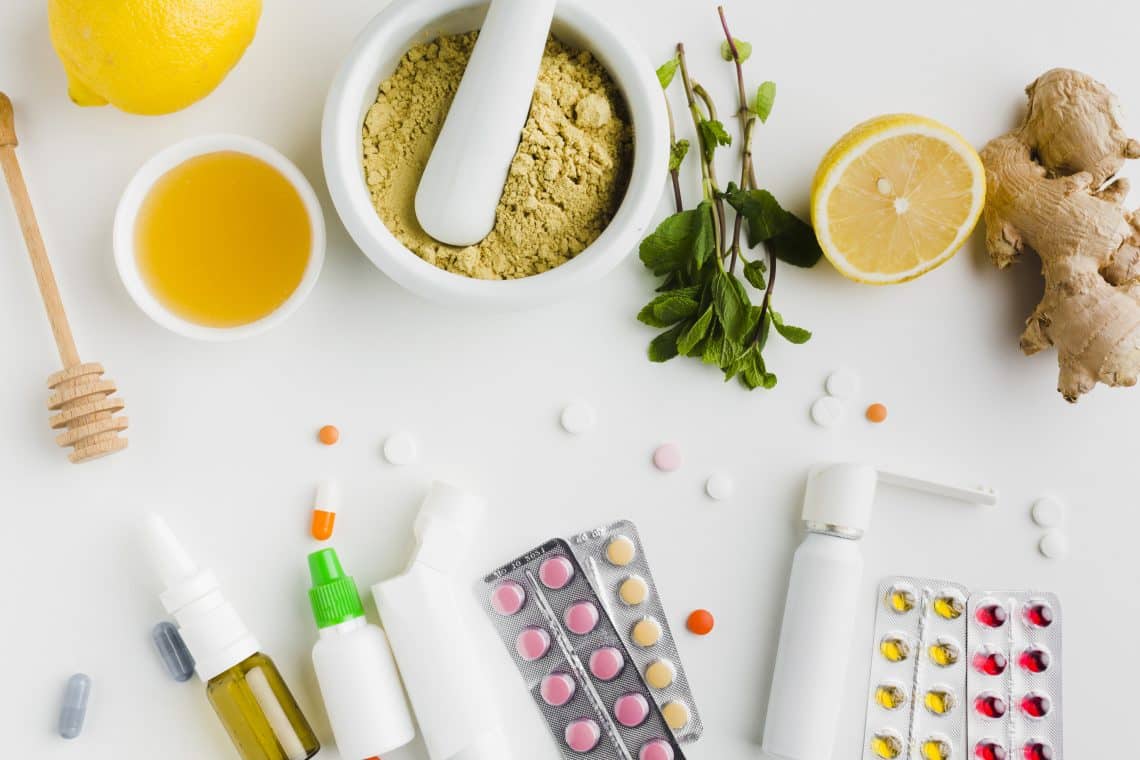
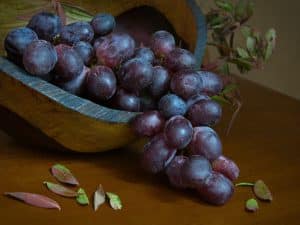 1. Grapes: Nature’s Anti-Inflammatory
1. Grapes: Nature’s Anti-Inflammatory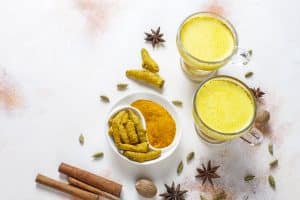

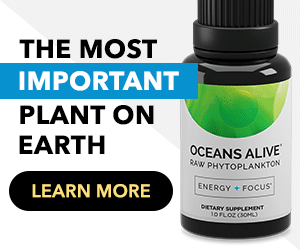
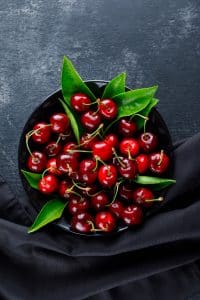 9. Cherries: Easing joint pain and headaches
9. Cherries: Easing joint pain and headaches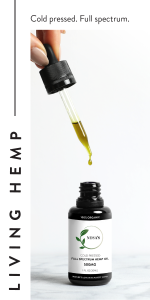
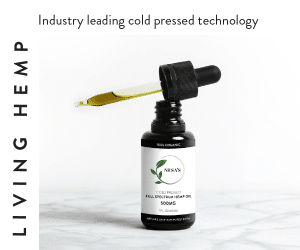


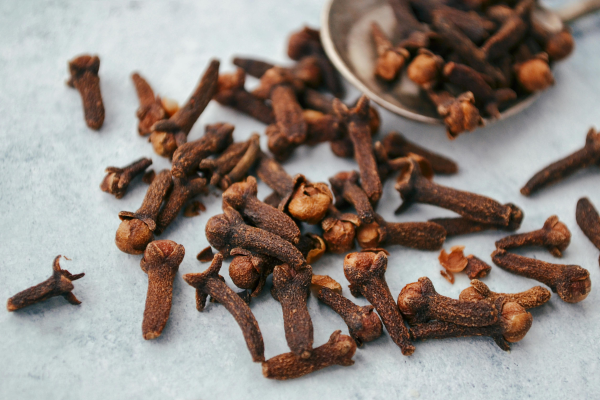
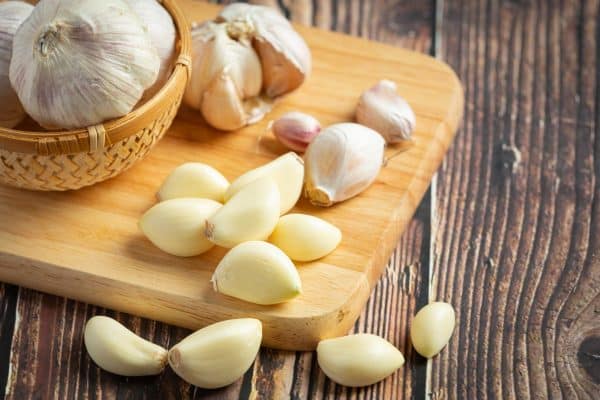
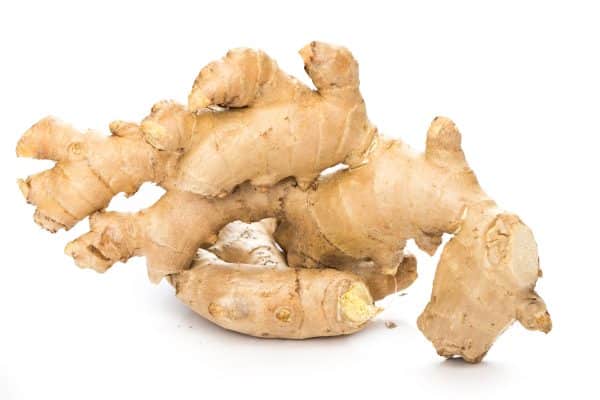
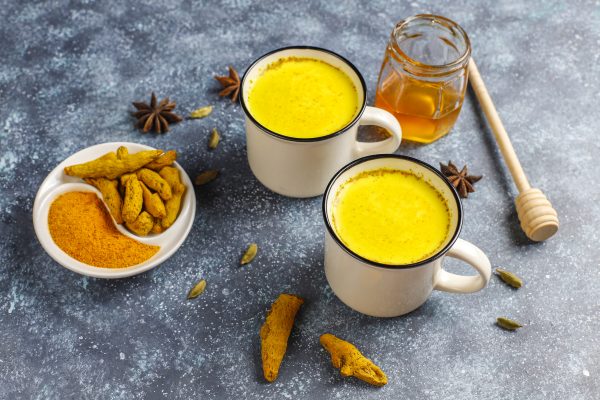


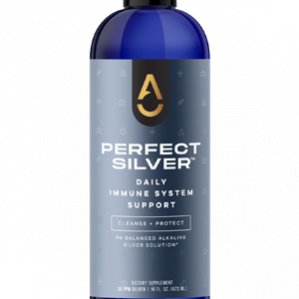
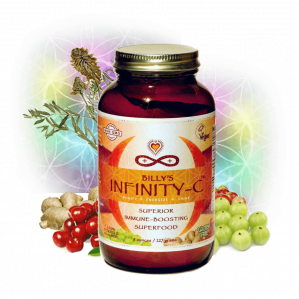
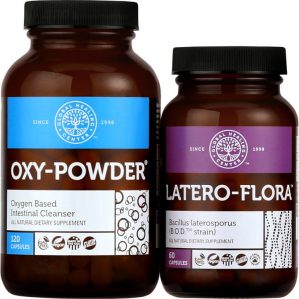
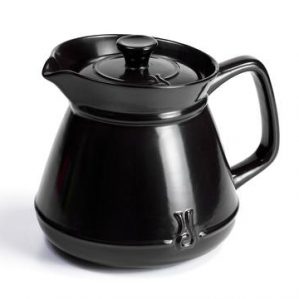











2 Comments
[…] report reductions in pain, particularly in conditions such as arthritis and muscle soreness. This pain relief is likely due to the anti-inflammatory effects of earthing, as well as improved blood flow and […]
[…] the active component in cayenne pepper, is known for its pain-relieving properties. It works by depleting substance P, a neuropeptide involved in transmitting pain signals to the […]